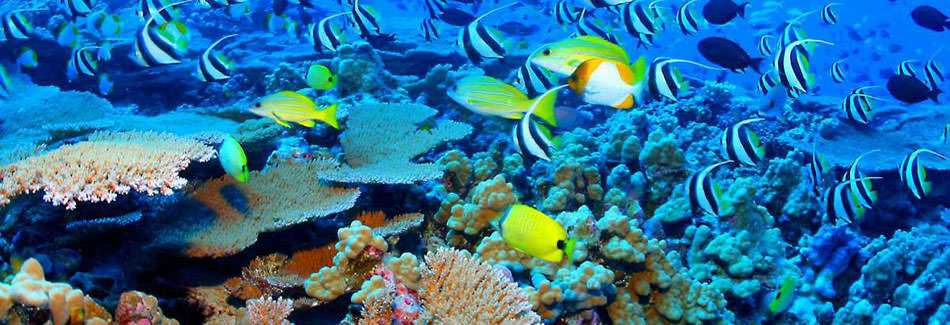A rich library is an important thing for an ideal student

1. An ideal student should maintain the rules of health and performs his religious activities.
2. He has to be social and hard-working.
3. He should love his country.
4. He actively takes part in games and sports and other extra-curricular activities.
5. He should have the interest in doing social work.
6. An ideal student makes proper use of his time and never shirks his duties.
7. He should be obedient to the existing rules and regulation of the country.
8. He should devote himself fully to gain knowledge.
9. To be an ideal student, he should cultivate all the virtues and hold values in him.
10. An ideal student fixes up a noble aim.
11. He should give topmost priority in molding his character.
12. He should lead a strictly disciplined life and never indulges in evil thoughts.
13. To be an ideal student, he should spends highest amount of time in the acquisition of knowledge because he should know that knowledge is the gateway of success.
14. An ideal student must not dabble in politics which is responsible for most of the ills of the youth nowadays. He should bear in mind that student life is the time of preparation for struggle in life.
15. An ideal should be sincere, truthful, dutiful, energetic, neat and clean.
by,
Dharini
IX-A
12. He should lead a strictly disciplined life and never indulges in evil thoughts.
13. To be an ideal student, he should spends highest amount of time in the acquisition of knowledge because he should know that knowledge is the gateway of success.
14. An ideal student must not dabble in politics which is responsible for most of the ills of the youth nowadays. He should bear in mind that student life is the time of preparation for struggle in life.
15. An ideal should be sincere, truthful, dutiful, energetic, neat and clean.
by,
Dharini
IX-A






With global warming becoming a major issue, the fact is the existing 28,270 animal species of mammals are threatened by the harms done to the planet.
6,524 vertebrate-species were listed as threatened, in the year 2006. In the same year – 2006 – 2,101 invertebrate-species were listed to be threatened.
In 2006, 253 fish-species were listed as critically endangered.
In 2006, 442 amphibian-species were listed as critically endangered.
81 species of animals are considered extinct or critically endangered, as well as endangered or vulnerable.
The number of animal listed in the U.S.A., is 935.
There are over 1,000 animal species that are endangered at varied levels, across the world.
The endangered animal species are classified into the following for categories:
The vulnerable species :
They are not a threatened species, but are at risk because of their natural declining numbers.
The threatened species :
This is that category of species that are adequate in numbers, but are facing high-risk in their natural surroundings that can lead to the probability of extinction. Examples of such species are eastern indigo snake and the red kangaroo.
The endangered species :
This category includes species that are in the immediate probability of becoming extinct. These species require protection to exist. Examples of such species are the Siberian tiger, the southern sea otter, the snow leopard, etc.
The extinct species :
This category of animal-species includes those that are not in existence at all. Examples include the passenger pigeon, dodo, Stegosaurus, etc